
10 Cannabis Growing Urban Legends & Myths
There's a lot to get your head around when it comes to cannabis, and this is made even more challenging by the numerous myths and mistruths circulating. Here, we look at ten of the most pervasive and shine some light on the truth.
Cannabis is better known these days, but it's still a plant surrounded by mystery and a sense of mystical fascination. Whether you're a seasoned grower or a newbie, you've probably encountered some outlandish advice, whether it's to do with growing or consuming. In this article, we'll look at some of the more common cannabis-related myths, debunk them, and learn the truth behind these tall tales.
Cannabis growing: 10 urban legends & myths
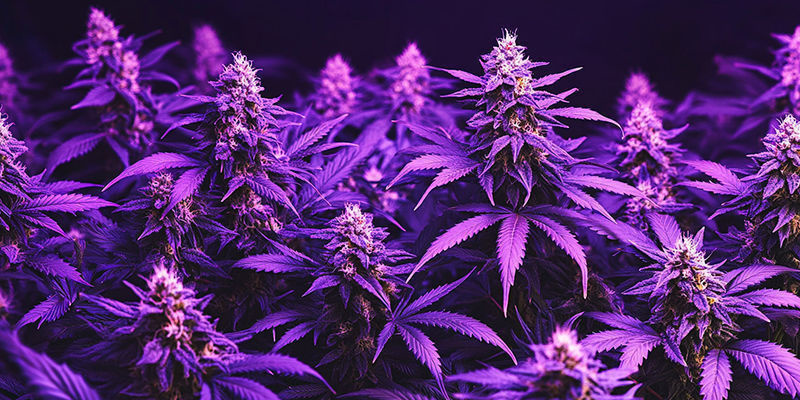
From potency myths to peculiar growing tips, cannabis urban legends cover a broad spectrum and leave many of us ill-informed about our much-loved herb. So, without further ado, let's explore these misconceptions, shed light on the truth, and maybe even save you from a few growing mishaps along the way.
Autoflowering cannabis is less potent than photoperiod plants
One of the most persistent myths in cannabis is that autoflowering plants are inherently less potent than their photoperiod counterparts. However, this is by no means a totally outlandish belief. In fact, it's based on what was once a solid truth.
This myth stems from the early days of autoflowers, which were bred from ruderalis strains known for having low THC levels. Ruderalis, the type of cannabis that lends the autoflowering genes to autos, is a type of weed that grows natively in Siberia. While it's fast-growing and hardy, it contains almost no THC. As a result, when ruderalis was first introduced into the mix, the resulting strains saw a massive dive in potency. However, thanks to decades of careful breeding, autos have significantly improved in potency, making them comparable to (and often exceeding) photoperiod strains.
Watering your plants with juice improves flavour
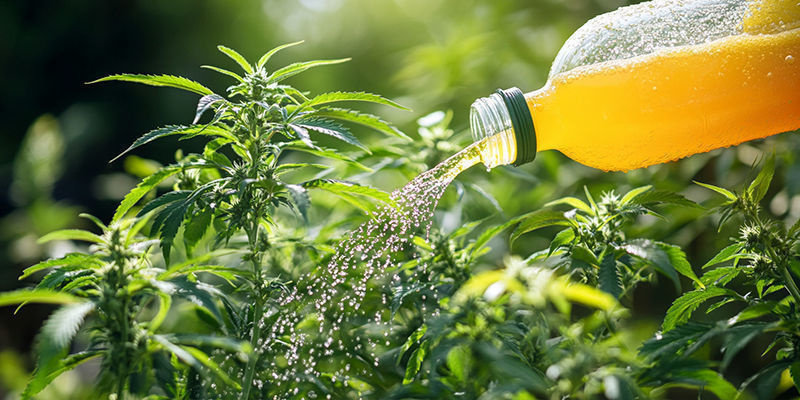
It might sound appealing to think that watering your cannabis plants with fruit juice could enhance their flavour, but sadly, it is untrue. In fact, watering with juice has the opposite effect. It can actually attract pests, cause mould, and disrupt the plant's nutrient uptake, ruining the flavour and potency you're trying to enhance.
It's hard to say when this myth started doing the rounds. Still, somebody probably once theorised, or joked, that adding juice to the soil could influence the flavour of your plant's buds. That being said, some people store dried and cured cannabis flowers with fruit peel (such as orange and lemon) as this can have a mild influence on flavour. But certainly don't go pouring juice on them!
Drying buds upside down increases potency
While drying buds upside down is a common practice, the idea that it increases potency is a certified myth. This method helps maintain the shape and structure of the buds, allowing for even drying, but it doesn't magically increase their THC content. Potency is influenced by genetics, cultivation practices, and harvest timing.
However, you will ensure optimal potency by drying your buds appropriately, as bad drying practices can degrade the THC in your buds. So you absolutely should focus on a suitable drying technique if you want potent buds—just don't obsess about hanging them upside down!
You can tell the sex of your plant by the number of tips
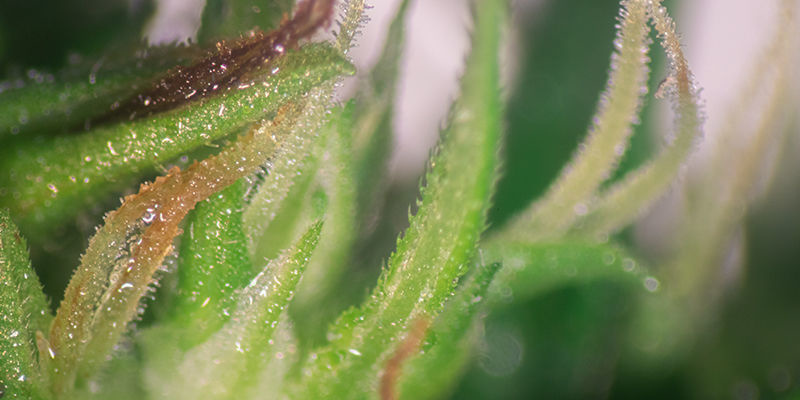
Determining the sex of your cannabis plant by counting the tips is a myth with no scientific basis. The sex of a cannabis plant can only be accurately determined by looking at pre-flowers or using a sexing kit, so you should stick to these tried and tested methods.
Most growers will look to the plant's nodes, as this is where the sexual organs first begin to appear when the plant enters the flowering stage. For males, small, smooth balls will start to appear, while for females, transparent pistils (small hairs) will grow.
Purple weed is more potent
Purple cannabis strains are visually striking, leading some to believe they are more potent or even that they have unusual, psychedelic effects. However, the colour of cannabis is determined by anthocyanins, pigments that develop in certain environmental conditions. Potency is linked to cannabinoid content, not colour, so purple colouration tells you nothing about the effects, even though it looks nice.
Still, where does this myth originate? We can't be certain, but we can probably point the finger at Jimi Hendrix. It seems the song "Purple Haze" has had a lasting effect on the world and its view of purple cannabis.
Cannabis plants can't absorb green light
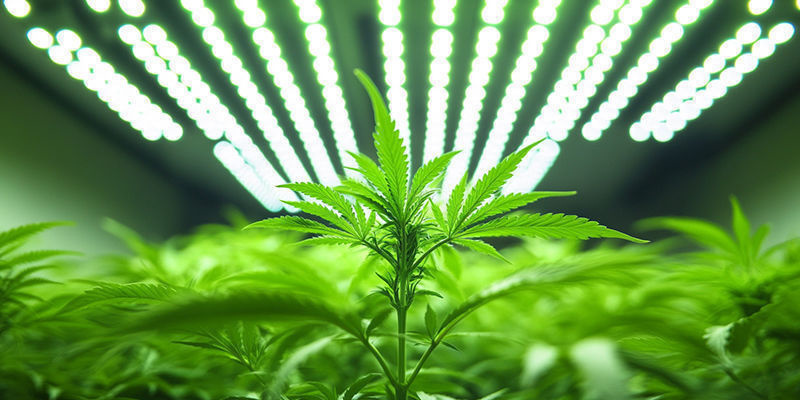
This claim isn't totally bonkers, as it's often said that cannabis plants can't absorb green light and that growers must stick to other colour spectrums. However, this approach has since been debunked. While plants reflect more green light than other wavelengths, they can still absorb and use it for photosynthesis. In fact, green light can penetrate deeper into the canopy, supporting lower leaves which otherwise might be missed. Nevertheless, it's very unusual to find a grow solely using green light, as other spectra are more suitable.
420 is derived from the Californian police
The term "420" is famously associated with cannabis culture, with stoners around the world celebrating their love of weed on the 20th of April every year. However, it didn't originate from California police codes used to refer to cannabis.
The true story traces back to a group of high school students in San Rafael, California, who used "420" as a code to meet after school and search for a rumoured hidden cannabis crop. Exactly how it came to be a global phenomenon is unclear, but what is certain is that, over time, the term has become synonymous with cannabis consumption and culture.
High-quality seeds should have tiger stripes
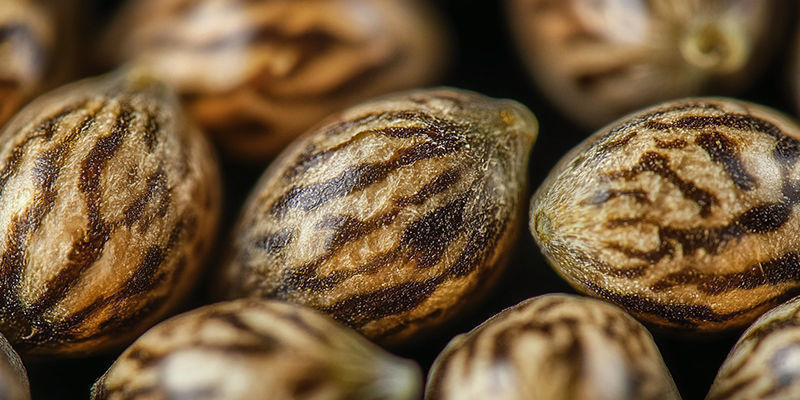
Tiger stripes on cannabis seeds are often seen as a sign of quality, and while they may indeed look cool, they are merely a cosmetic feature. Cannabis seeds can be striped or more uniform in colouration, ranging from light brown (almost grey) to dark. The stripes are just the outer shell pattern and don't indicate the genetic quality or viability of the seed. Focus on reputable seed banks and breeders to ensure high-quality seeds rather than the aesthetic quality of the seeds themselves.
Urinating on your plants will help them grow better
Not entirely sure who came up with this one, and who knows if they tried it themselves. While urine contains nitrogen, an essential nutrient for plant growth, using it directly on your plants is not advisable. Rather than helping your plants become robust and vigorous specimens, urine can actually lead to nutrient imbalances as it is too concentrated, burning the roots and foliage.
Human excrement, in all its forms, is best kept away from your grow, unless it goes through a composting process first. Instead, stick to properly balanced fertilisers designed for cannabis cultivation if you want your weed to grow optimally.
Buds are more potent after a prolonged dark cycle before harvest
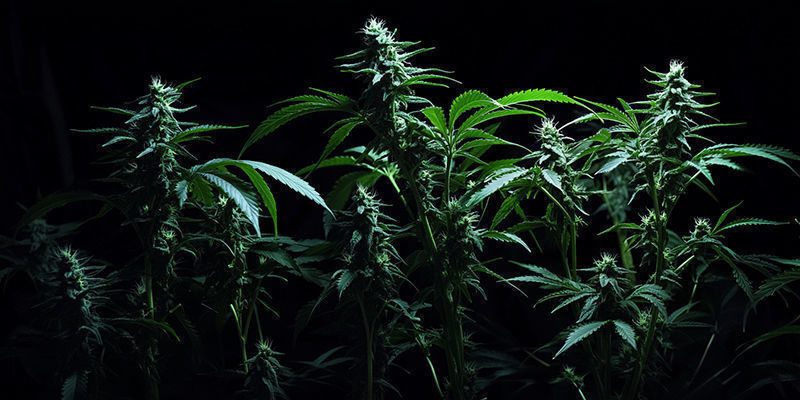
Another common myth is that leaving plants in complete darkness for 48 hours before harvest increases potency. While some growers swear by this method, scientific evidence supporting significant increases in potency is lacking, so you should treat it with scepticism at best. There is no reason to believe that a dark period would turbocharge THC production in the final 48 hours of growth. However, if you try it, you won't harm your crop in the process.
Proper cultivation, harvesting, and curing techniques are far more critical than some magic trick at the very end if you want to haul in high-quality buds. Focus your energies on proven methods first.
Time for some cannabis mythbusting?
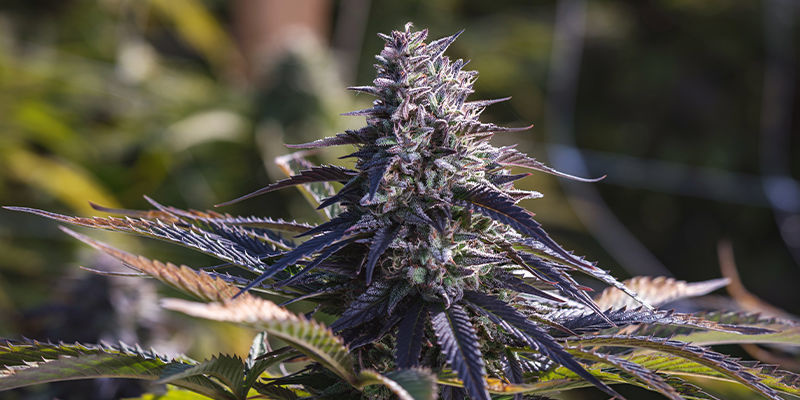
These cannabis urban legends and myths can be amusing, but they can also mislead growers, affecting their harvests and sending stoners down false paths. Still, listed above are some of the most common and pervasive, so debunking them should help make your next grow op a success. Now that you know the facts, why not put your knowledge to the test? Visit the Zamnesia store to find high-quality seeds and start your growing journey today!
-
 4 min
August 15, 2024
7 Unusual Ways To Consume Cannabis
Most people inhale cannabis as a vapor or smoke. Otherwise, you're likely to consume it as an edible, such as hash brownies. However, there are plenty of different ways to experience cannabionoids,...
4 min
August 15, 2024
7 Unusual Ways To Consume Cannabis
Most people inhale cannabis as a vapor or smoke. Otherwise, you're likely to consume it as an edible, such as hash brownies. However, there are plenty of different ways to experience cannabionoids,...
-
 6 min
July 14, 2019
How To Save Money On Cannabis Without Smoking Less
Regular marijuana use can become a strain on the wallet. Thankfully, there are a variety of strategies that you can use in order to reduce the amount of money you spend on weed. Growing your own,...
6 min
July 14, 2019
How To Save Money On Cannabis Without Smoking Less
Regular marijuana use can become a strain on the wallet. Thankfully, there are a variety of strategies that you can use in order to reduce the amount of money you spend on weed. Growing your own,...
-
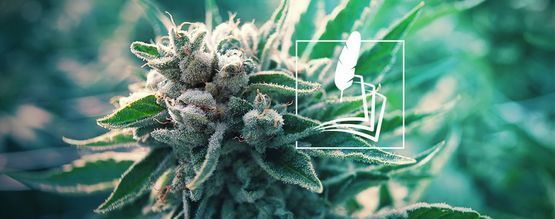 17 min
January 14, 2019
History Of Medical Cannabis
Cannabis is the sacred herb. Known by many names and consumed all over the World for ages. Weed has evolved with mankind. Here's some cannabis history - Stick that in your pipe and smoke it!
17 min
January 14, 2019
History Of Medical Cannabis
Cannabis is the sacred herb. Known by many names and consumed all over the World for ages. Weed has evolved with mankind. Here's some cannabis history - Stick that in your pipe and smoke it!
-
 3 min
August 10, 2015
5 Myths About Growing Cannabis - Debunked
Despite what many think, growing cannabis is dead easy. Sure, it is a tricky beast to master, but any novice can put seed to soil and still get results. However, many potential growers are put...
3 min
August 10, 2015
5 Myths About Growing Cannabis - Debunked
Despite what many think, growing cannabis is dead easy. Sure, it is a tricky beast to master, but any novice can put seed to soil and still get results. However, many potential growers are put...









 United States
United States








